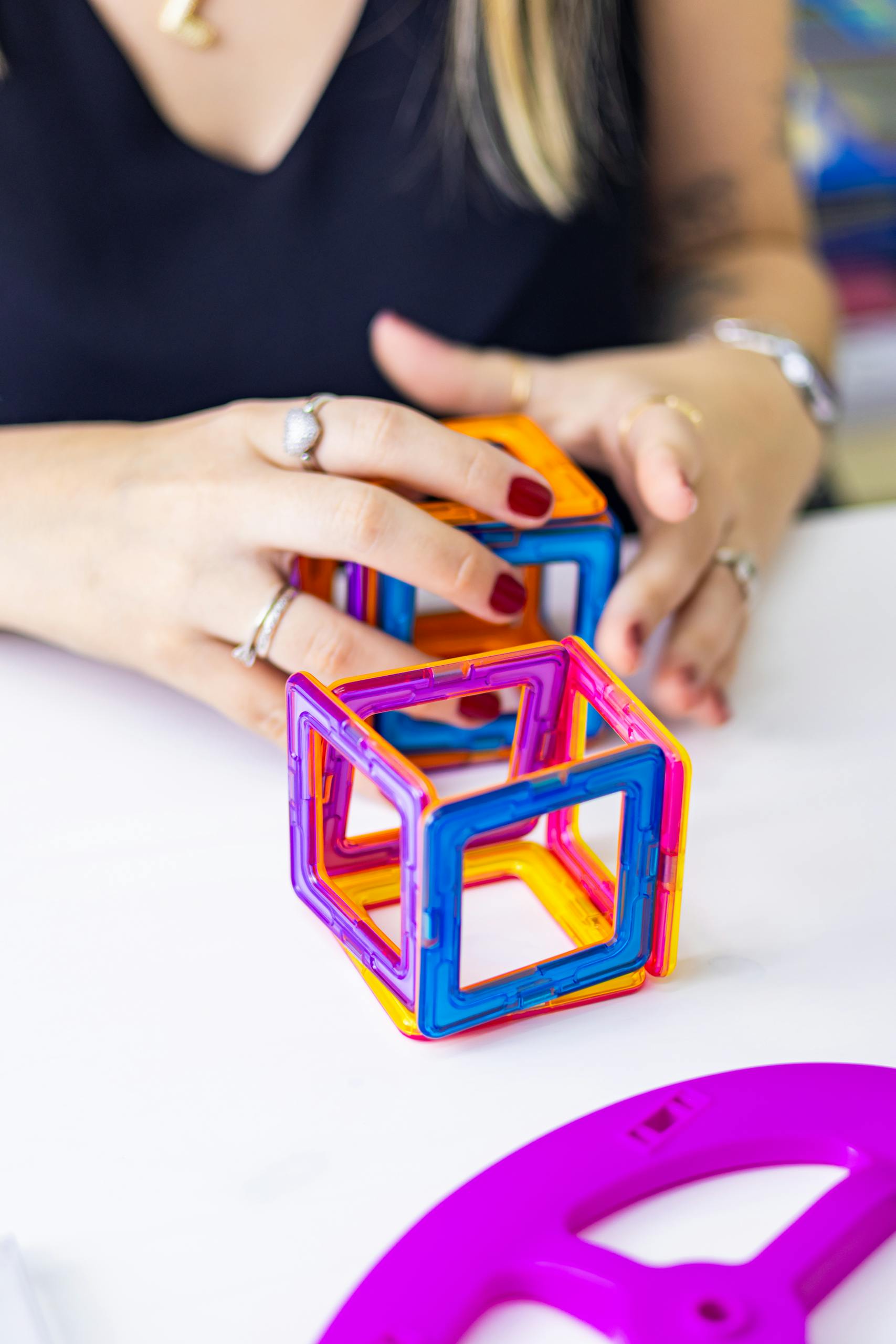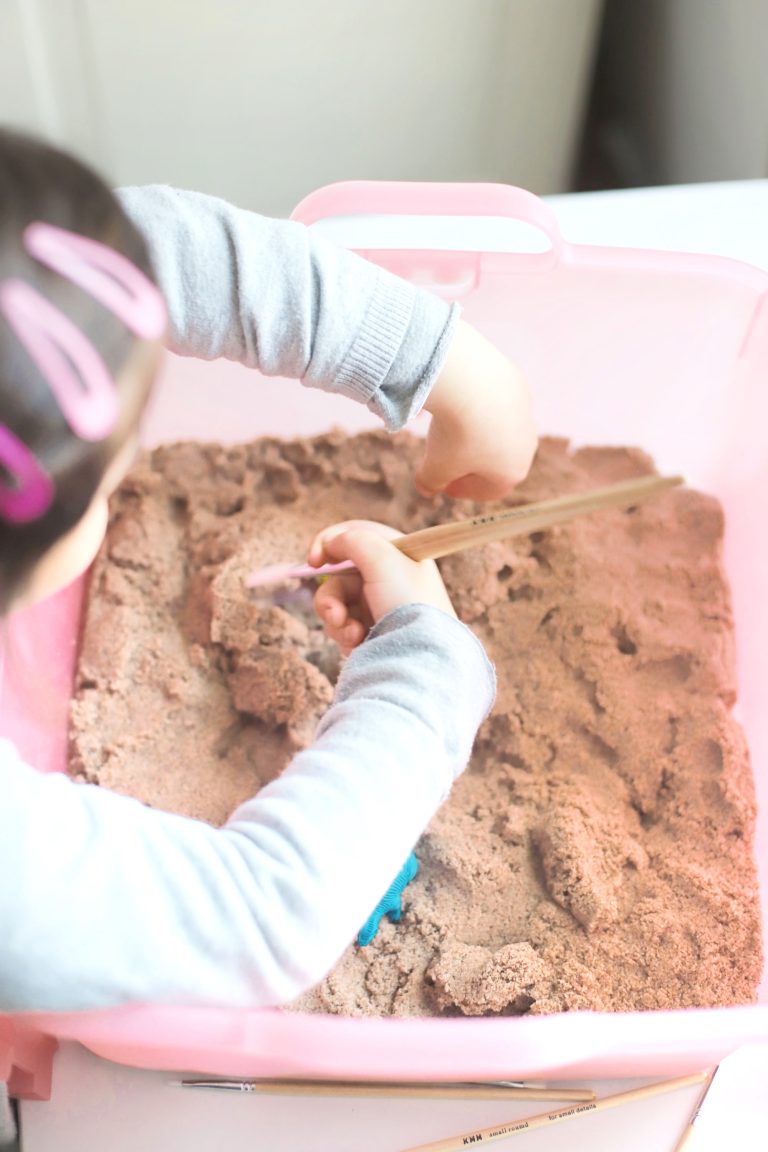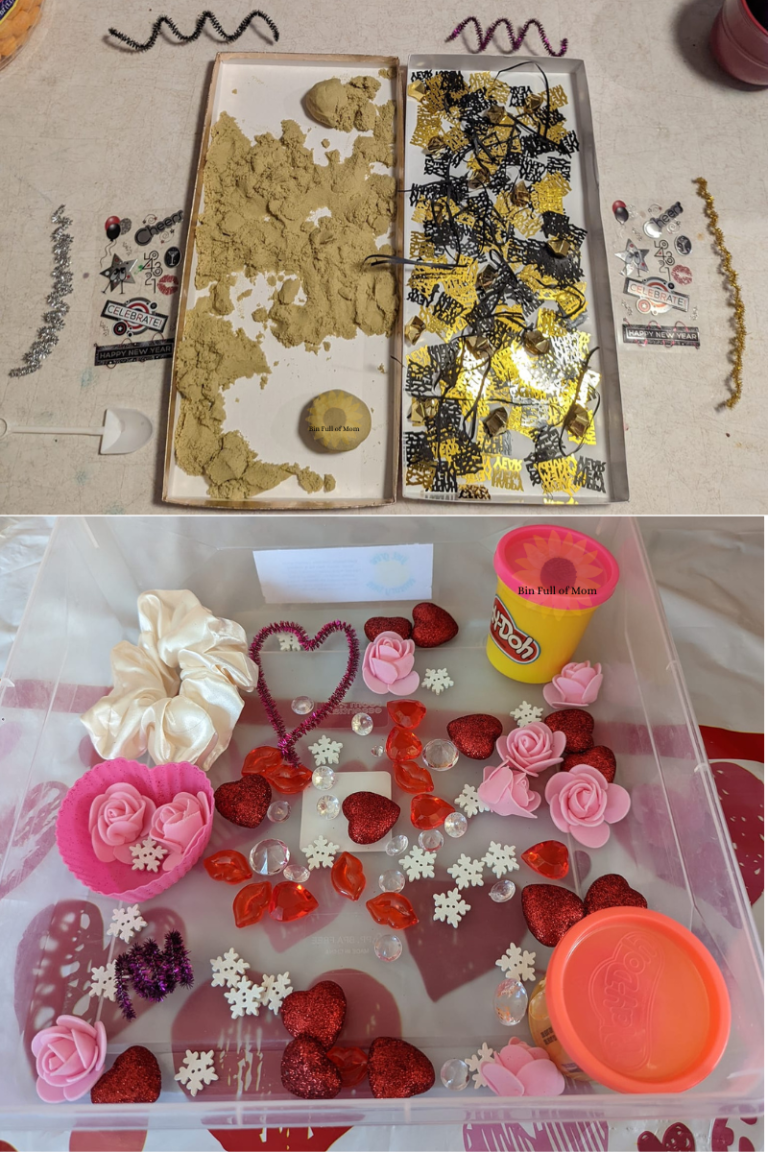DIY Sensory Bins: STEM Activities for Kids
DIY Sensory Bins: STEM Activities for Kids
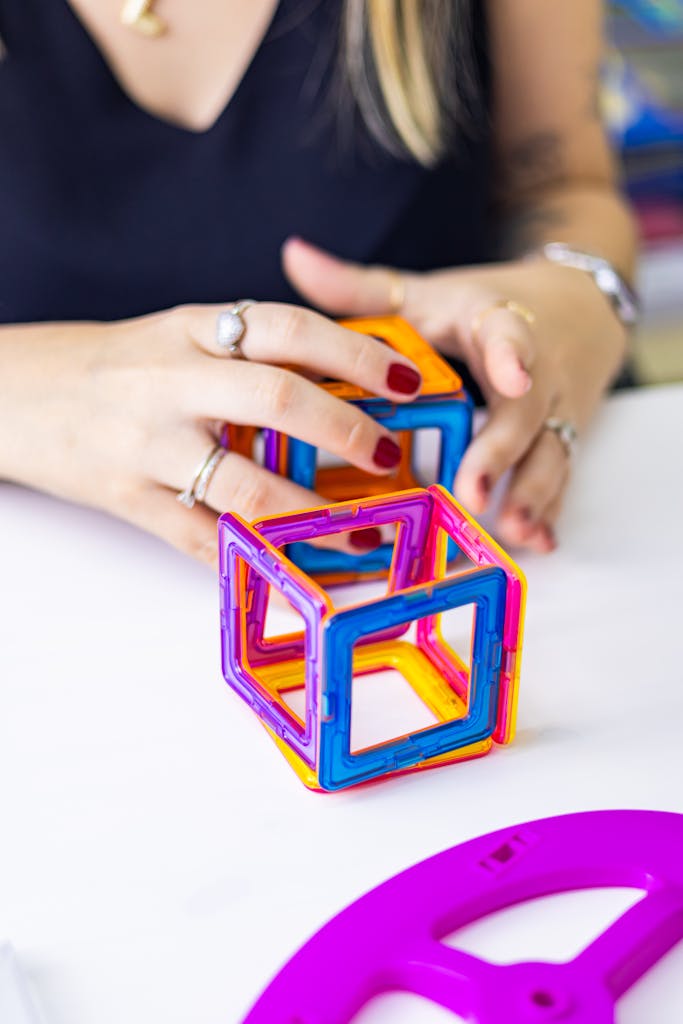
Table of Contents
Sensory play is an essential part of childhood development, helping kids explore the world around them while enhancing motor skills, creativity, and problem-solving. But did you know that sensory bins can also introduce STEM (science, technology, engineering, and mathematics) concepts in a fun and engaging way? By incorporating STEM principles into sensory play, children can develop critical thinking skills while experimenting with materials, structures, and scientific concepts.
In this post, we’ll explore a variety of DIY sensory bins that promote STEM learning, along with tips for creating, organizing, and using them effectively.
What Are Sensory Bins and Why Are They Important?
Sensory bins are simple yet powerful tools that allow children to engage their senses—touch, sight, sound, smell, and even taste—through hands-on play. Typically, they consist of a container filled with various materials, such as rice, sand, water, or beans, along with small objects and tools that encourage exploration.
These bins provide numerous benefits, including:
- Cognitive Development – Sensory bins encourage curiosity, problem-solving, and logical thinking.
- Fine Motor Skills – Scooping, pouring, and sorting help strengthen hand-eye coordination and dexterity.
- Language Growth – Sensory play introduces new vocabulary as children describe what they see and feel.
- Emotional Regulation – Engaging the senses can be calming and help children self-soothe.
- Creativity and Imagination – Open-ended play encourages storytelling and creative thinking.
Sensory bins can be adapted for children of all ages, making them an excellent tool for early learning. But when paired with STEM activities, they become even more valuable for hands-on education.
How Sensory Bins Support STEM Learning
STEM education focuses on scientific discovery, technological understanding, engineering concepts, and mathematical problem-solving. Sensory bins naturally incorporate these elements in the following ways:
- Science: Exploring textures, testing materials, and making observations introduce scientific thinking.
- Technology: Using tools like magnifying glasses, pipettes, and magnets builds technological awareness.
- Engineering: Creating structures or experimenting with balance and stability introduces engineering concepts.
- Mathematics: Sorting, measuring, counting, and pattern recognition support early math skills.
With these principles in mind, let’s dive into some exciting DIY sensory bins with STEM themes!
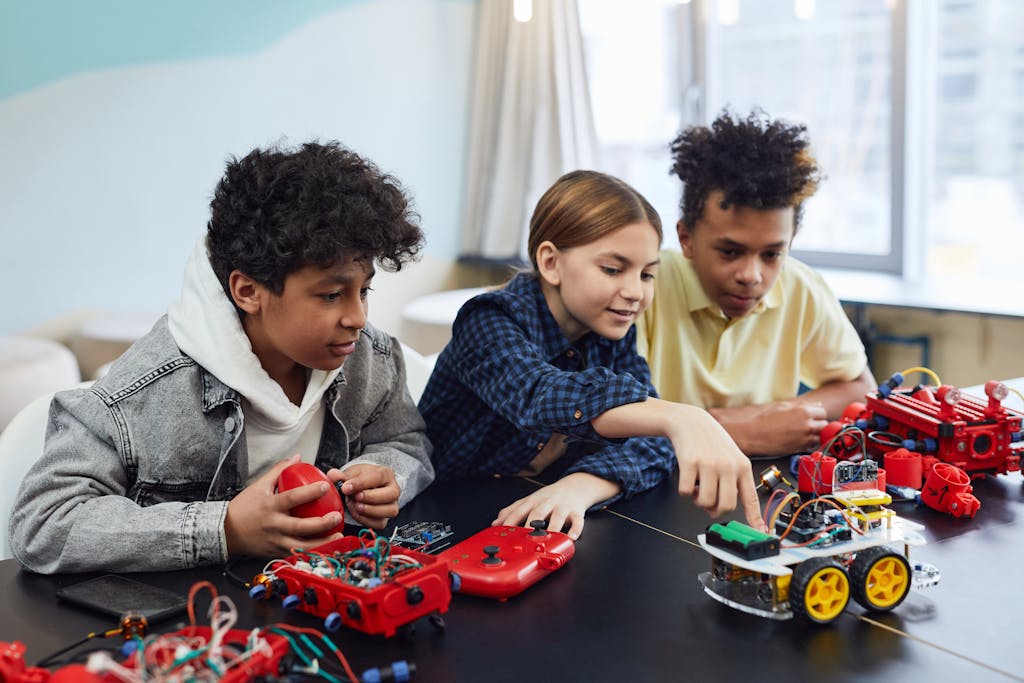
DIY Sensory Bin Ideas with a STEM Focus
Here are some creative, hands-on STEM sensory bins that are easy to set up at home!
1. Construction Zone Sensory Bin (Engineering & Math)
Materials Needed:
✔️ Filler: Dry beans, lentils, or kinetic sand
✔️ Construction vehicles (toy bulldozers, dump trucks)
✔️ Building blocks or small wood pieces
✔️ Measuring cups and small containers
STEM Focus: Engineering concepts such as stability, load-bearing, and problem-solving.
How to Play:
- Let kids scoop and transport materials with toy construction vehicles.
- Challenge them to build structures and test their stability.
- Use measuring cups to discuss weight, volume, and balance.
👉 Extension: Ask kids to create a bridge or ramp and test how much weight it can hold!
📷 Image of child playing with beans and toy trucks
📸 Photo by Tatiana Syrikova
2. Ocean Exploration Sensory Bin (Science & Engineering)
Materials Needed:
✔️ Filler: Water beads or blue-colored water
✔️ Small toy sea creatures, shells, and plastic boats
✔️ Pipettes and droppers
✔️ Cups for pouring and scooping
STEM Focus: Marine biology, water density, and floating/sinking properties.
How to Play:
- Let kids explore different textures and buoyancy in the bin.
- Encourage them to observe which objects sink or float and discuss why.
- Use pipettes to transfer water, enhancing fine motor skills.
👉 Extension: Introduce a simple sink or float experiment by adding different materials (e.g., sponges, coins, plastic objects).
🌊 Related Activity: Check out this floating and sinking science experiment to expand the learning!
3. Magnetic Discovery Sensory Bin (Science & Technology)
Materials Needed:
✔️ Filler: Dry rice or kinetic sand
✔️ Magnetic wands
✔️ Magnetic and non-magnetic objects (e.g., washers, bolts, paper clips, wooden pieces)
STEM Focus: Magnetism and material properties.
How to Play:
- Hide objects in the filler and have children use the magnet wand to discover which ones are magnetic.
- Sort objects into magnetic vs. non-magnetic categories.
- Test which types of magnets work best and compare results.
👉 Extension: Introduce a magnetic maze using paper clips and a magnet under a tray!
📌 Learn more about magnet activities here: Fun with Magnets for Kids
4. Dino Dig Sensory Bin (Science & Math)
Materials Needed:
✔️ Filler: Sand, cornmeal, or crushed cereal
✔️ Small plastic dinosaur bones or fossils
✔️ Paintbrushes, tweezers, and magnifying glasses
STEM Focus: Paleontology, measurement, and classification.
How to Play:
- Let kids excavate dinosaur bones with paintbrushes.
- Use tweezers for fine motor skill development.
- Compare bone sizes and discuss measurement concepts.
👉 Extension: Pair this activity with a dinosaur book for extra learning!
📚 Suggested Book: Digging Up Dinosaurs by Aliki – Amazon Link
Tips for Sensory Bin Setup and Organization
Creating and storing sensory bins can be easy with a little organization:
🛒 Storage: Use plastic bins with lids for easy cleanup and stacking.
📝 Labeling: Store different fillers in labeled bags or containers.
🧼 Cleaning: Wash and dry sensory materials regularly to maintain hygiene.
For more organization tips, check out this guide: How to Organize Sensory Play Materials
Taking STEM Learning Beyond the Sensory Bin
Once kids are done playing, extend their learning with these activities:
📖 Read Books: Choose books that align with sensory bin themes.
📺 Watch Videos: Find educational STEM videos to reinforce concepts.
✍️ Create a STEM Journal: Let kids draw or write about their experiences.
👉 Bonus Activity: Try a STEM challenge based on their favorite sensory bin!
Final Thoughts
Sensory bins are more than just fun—they are valuable STEM learning tools that encourage curiosity, creativity, and problem-solving. By incorporating science, technology, engineering, and math into sensory play, you can help kids develop essential skills in an engaging way.
🌟 Ready to try these STEM sensory bins? Share your favorites in the comments below!
For more sensory bin inspiration, check out these helpful resources:
🔗 Creative Sensory Bins
🔗 STEM Activities with Sensory Play
Happy playing and learning! 🚀

